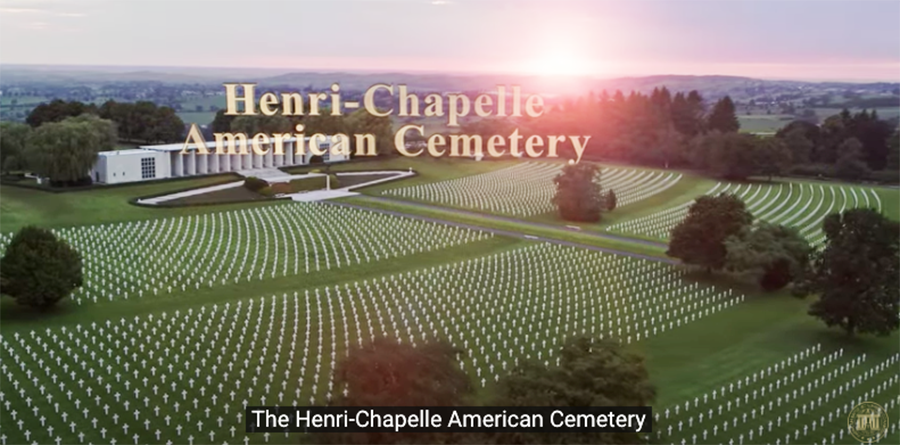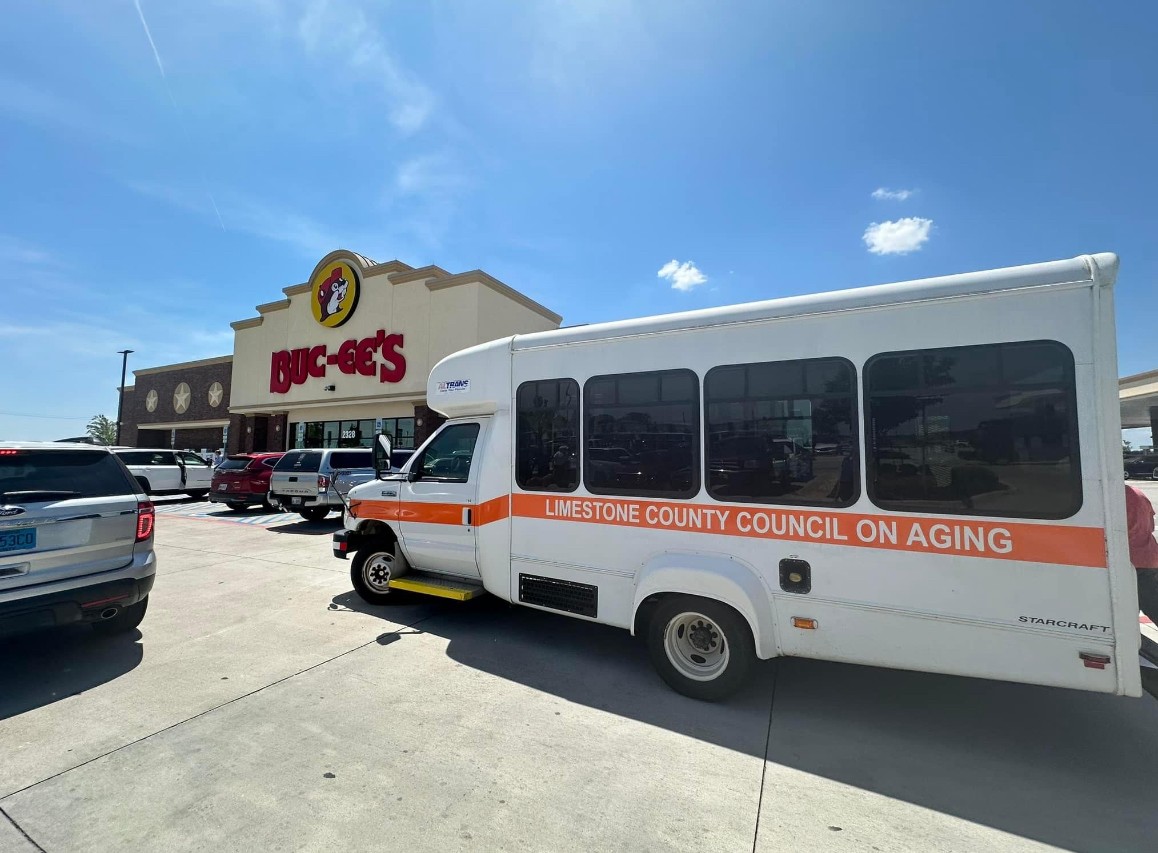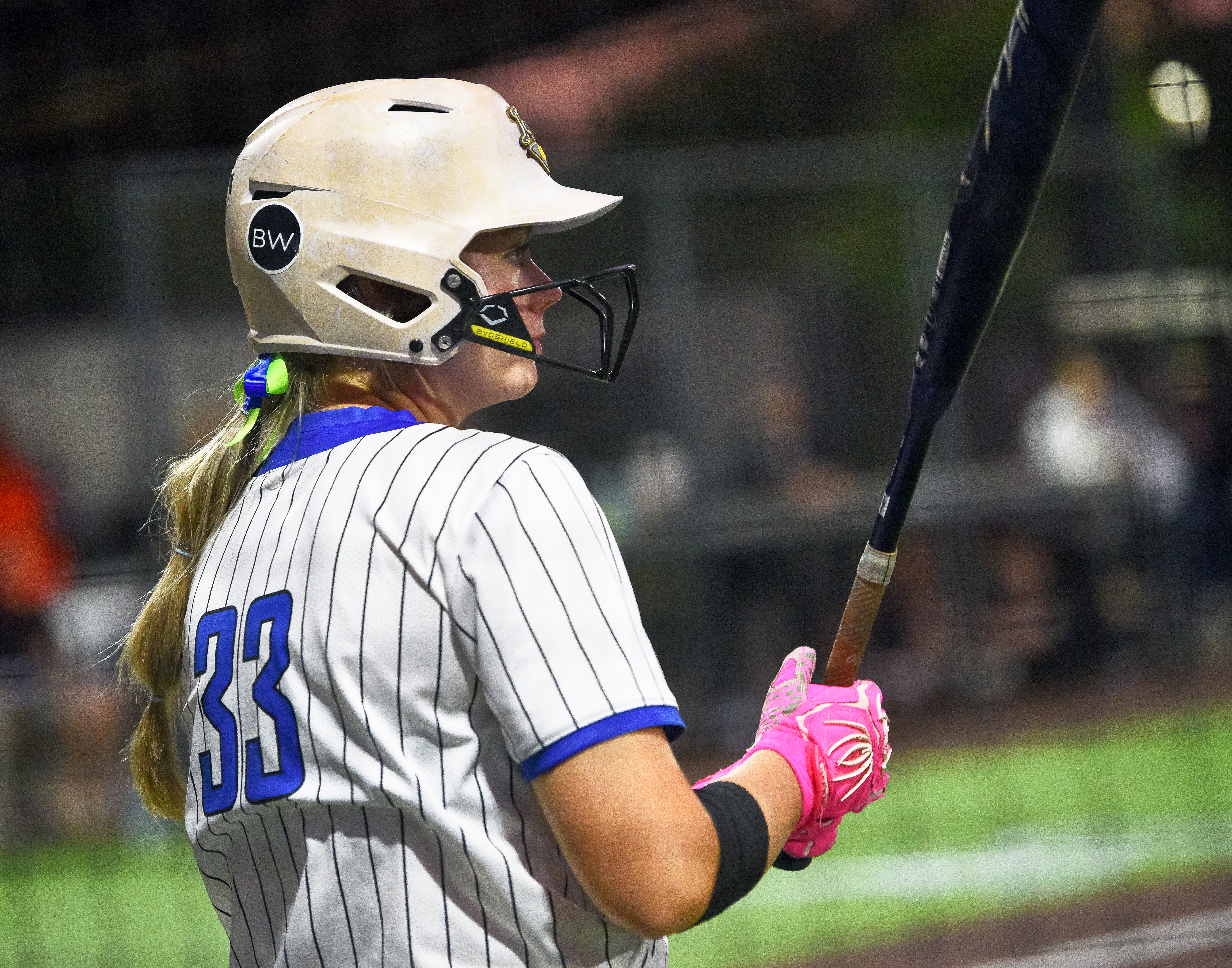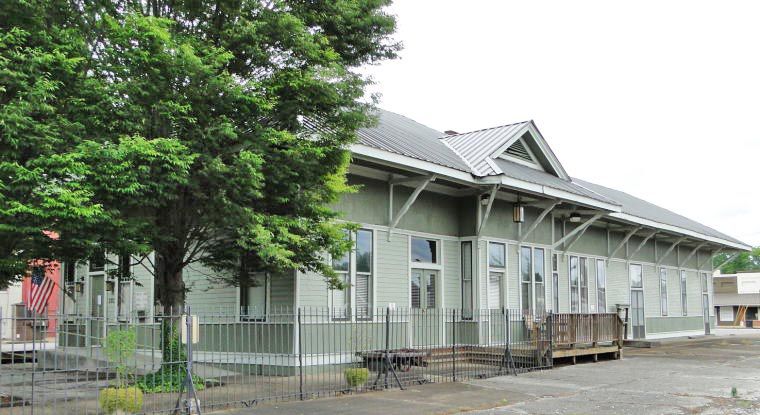Alabama soldier accounted for from World War II
Published 8:00 pm Wednesday, January 26, 2022

- Nearly 8,000 American service members are buried at Henri-Chapelle American Cemetery in Homburg, Germany. The name of PFC Bill Morrison, a Birmingham soldier killed during World War II, is recorded on the Tablets of the Missing. A rosette will be placed next to his name to indicate he has been accounted for.
At the end of World War II, there were about 79,000 Americans unaccounted for, according to the tribute site, soldierswalkmemorialpark.com. Today, about 73,000 of those lost soldiers remain totally unaccounted for, including more than 1,200 of the recorded 5,114 fatal casualties from Alabama, as noted by the Defense POW/MIA Accounting Agency.
This week, that agency gave hope to families across Alabama and the nation that the remains of their loved one might still be found when it announced Jan. 26, that Army Pfc. Bill Morrison, 29, of Birmingham, killed during World War II, was accounted for July 9, 2021.
In November 1944, Morrison was assigned to Company G, 2nd Battalion, 110th Infantry Regiment, 28th Infantry Division. His unit was engaged in battle with German forces in the Raffelsbrand sector of the Hürtgen Forest in Germany, when he was reported killed in action on Nov. 8. Due to battle conditions, his body was not able to be recovered.
Following the end of the war, the American Graves Registration Command was tasked with investigating and recovering missing American personnel in Europe. They conducted several investigations in the Hürtgen area between 1946 and 1950, but were unable to recover or identify Morrison’s remains. He was declared non-recoverable in December 1951.
While studying unresolved American losses in the Hürtgen area, a DPAA historian determined that one set of unidentified remains, designated X-4470 Neuville, originally discovered by a German civilian and recovered by the AGRC in 1946, possibly belonged to Morrison. The remains, which had been buried in Ardennes American Cemetery in 1950, were disinterred in April 2019 and sent to the DPAA laboratory at Offutt Air Force Base, Nebraska, for identification.
To identify Morrison’s remains, scientists from DPAA used dental and anthropological analysis, as well as circumstantial and material evidence. Additionally, scientists from the Armed Forces Medical Examiner System used mitochondrial DNA and Y chromosome DNA analysis.
Morrison’s name is recorded on the Tablets of the Missing at Henri-Chapelle American Cemetery, an American Battle Monuments Commission site in Hombourg, Belgium, along with the others still missing from World War II. A rosette will be placed next to his name to indicate he has been accounted for.
Morrison will be buried in Baldwin County, Spanish Fort, Ala. The date has yet to be decided.
DPAA partnered with the American Battle Monuments Commission and the U.S. Army Regional Mortuary-Europe/Africa in confirming the remains.
For additional information on the Defense Department’s mission to account for Americans who went missing while serving our country, visit the DPAA website at www.dpaa.mil, social media at www.facebook.com/dodpaa or https://www.linkedin.com/company/defense-pow-mia-accounting-agency.
Morrison’s personnel profile can be viewed at https://dpaa-mil.sites.crmforce.mil/dpaaProfile?id=a0Jt0000000LlRIEA0.
National Archives notes that nearly 60 soldiers from Limestone County and 120 from Cullman County were killed during World War II. Nearly 300,000 total U.S. combat deaths from that war were reported.





